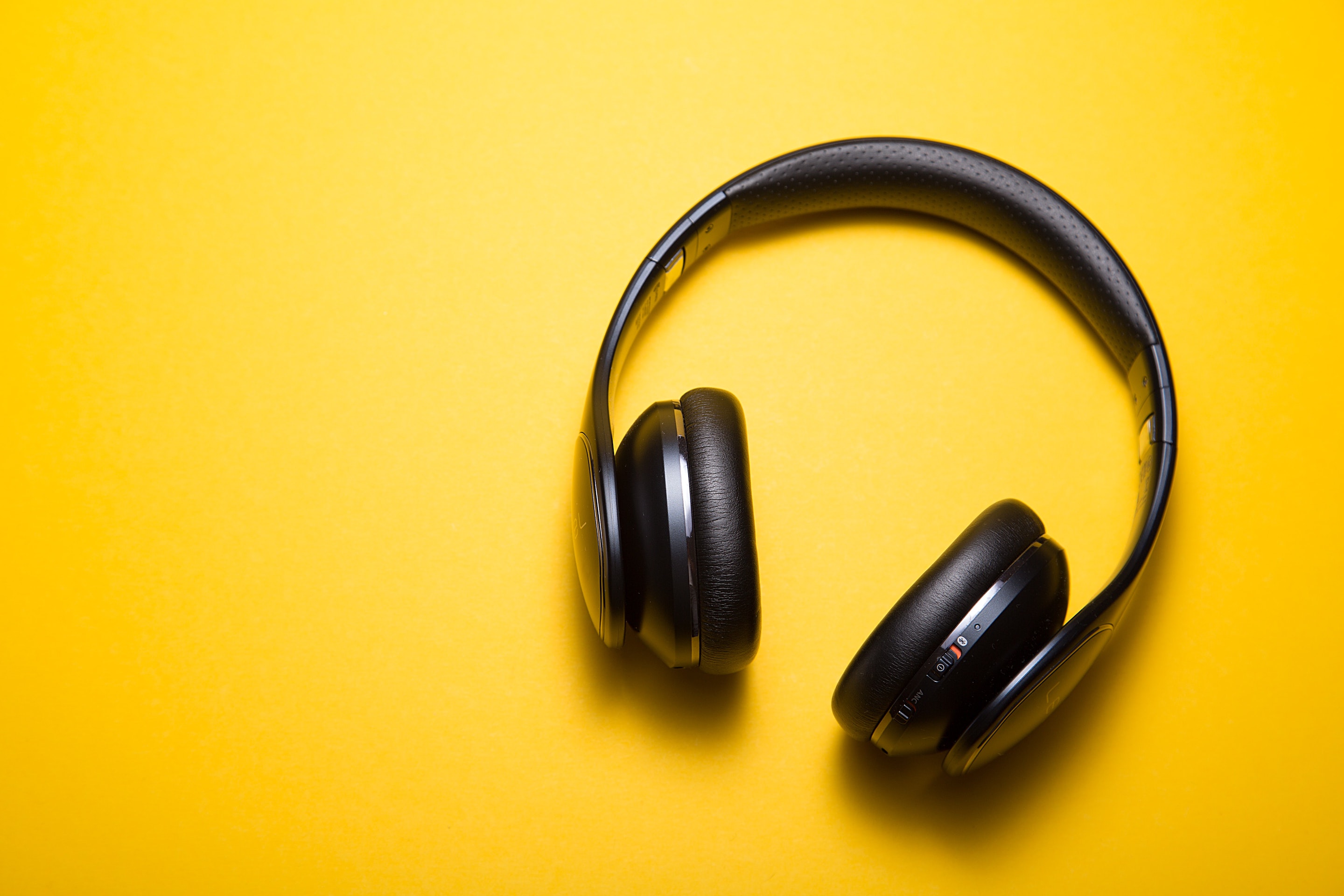Tech Talk: All Talk And Soundbites

Photo by C D-X / Unsplash.com
It’s ironic that in the aftermath of the “Zoom boom,” there’s a heightened interest in audio-only applications. But perhaps, as a WIRED headline reads, “The Future of Social Media is All Talk.”
Facebook announced in late April its plans to release an audio-only feature, Live Audio Rooms, sometime this summer, following the success of competitor Clubhouse. Clubhouse, a social media application for iPhone users that is audio-only, launched in March of last year and now serving more than 10 million active users, is said to be designed for talkers and listeners alike, permitting users to drop in and out of ongoing conversations about any topic imaginable, and at their leisure, and to start conversations or lead events of their own.
According to Clubhouse’s website, every day the application hosts thousands of rooms—the maximum number of people allowed in each room is 5,000—from daily talk shows and standup comedy to musical performances and academic lectures, and congregations about anything and everything, including support groups, sports enthusiasts, meditation gatherings and philosophy discussions. Alex Marshall, an early user of the app, told WIRED, “It felt like a cocktail party where you could walk up to a group and eventually, jump into a conversation.”
Currently, Clubhouse is lesser known than Facebook—68 percent of U.S. adults currently use Facebook versus two percent of Clubhouse users, according to eMarketer—and it’s also invitation-only, at least while it remains in phase of a beta-testing. However, Clubhouse is what inspired Facebook to create a competing feature, Live Audio Rooms, which will be available both on Facebook and Facebook Messenger. Being likened by news sources as Clubhouse’s “clone,” Live Audio Rooms will also allow users to participate in rooms hosting conversations, entertainment and learning. Other features include “Soundbites,” which are small audio clips that users can share with each other, such as daily readings, jokes, updates and other tidbits, and to which they can add captions. Room creators will be able to charge a one-time fee or subscription cost for access to the rooms they create, and users will be able to tip creators using Facebook Stars.
How can brands use it? While audio-only apps remain popular, brands can take advantage of their features for advertising and developing brand identity. If a brand actively supports a certain cause or has a partnership with a specific nonprofit, audio-only apps allow them a way to build larger conversations about the significance of their efforts, thus engaging end users while also informing them about the brand and the topic in focus, writes Social Media Today. Because it features live conversations, it’s also a way for brands to be humanized, all the while engaging with end users and prospective customers. Brands can also get in front of users by sponsoring episodes, podcasts or rooms. During a live trivia show on Clubhouse in February, for example, The Economic Times writes that tech entrepreneur and investor Noah Lichtenstein and his co-hosts gave away $3,200 in prizes courtesy of Cash App, which sponsored the event. Most importantly, it provides yet another avenue for brands to reach prospective and current customers and to inform them about announcements, updates and upcoming events.
––––––––––––––––––––––––––––––––––––––––––––––––––––––––––––––––––––––––––
Danielle Renda is associate editor of PPB.

